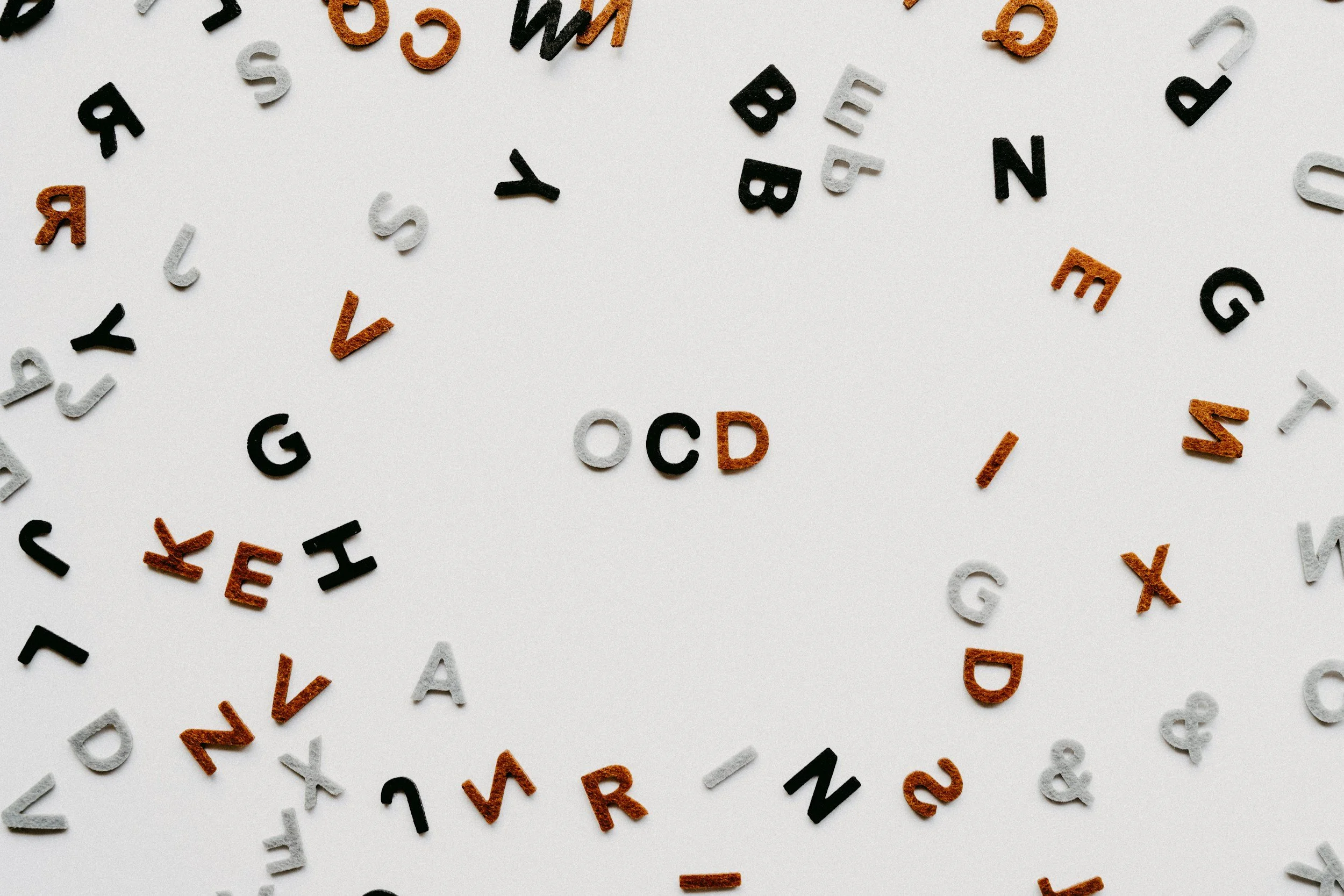When Eating Disorders and OCD Collide: How to Tell What's What
At first glance, restrictive eating disorders like anorexia and obsessive-compulsive disorder (OCD) can look very similar. Both can involve rigid routines around food, intense anxiety about doing things "the right way," and rituals that seem strange or extreme from the outside. But underneath, the forces driving these behaviors are often very different. And for people in recovery — or trying to help someone they love — understanding the difference matters.
Different Feelings About the Rules
One of the biggest differences between anorexia and OCD is how the person feels about the rules they’re following. In OCD, the fears and rituals usually feel unwanted. A person might recognize that their routines don't make sense, but still feel trapped by the anxiety ("I know it’s silly, but I have to arrange my food a certain way or something bad will happen"). These thoughts are called ego-dystonic — they don't match how the person wants to think or live.
In anorexia, the rules often feel right. The fears around eating and weight may feel justified, even virtuous ("If I don’t control my food, I’ll lose control of my whole life"). These thoughts are often ego-syntonic — they feel true and necessary, even if they’re harmful.
Same Behavior, Different Purpose
Another way to tell the difference is to ask: What is this behavior trying to accomplish?
- If the behavior is about preventing weight gain, feeling in control, or avoiding shame about eating, it’s probably tied to anorexia.
- If the behavior is about preventing some unrelated disaster (like a loved one getting sick or something terrible happening), it may be more about OCD.
For example, someone cutting their food into tiny pieces might be doing it to eat less (anorexia) — or to feel like they’ve "neutralized" a bad thought (OCD). The behavior might look exactly the same — but the underlying fear is different.
How Do They React When You Interrupt the Ritual?
If you gently interrupt the behavior (like asking someone to eat without rearranging their food), their emotional reaction can offer clues.
- If the distress is about gaining weight, losing control, or feeling "bad" about eating, that’s typical of anorexia.
- If the distress feels more like a general panic or terror that something awful will happen, that’s more in line with OCD.
Are the Rituals Just About Food — or About Everything?
If someone has very specific rituals only around eating, exercise, and body image, it's more likely the eating disorder is leading the way. If the person shows compulsive behaviors across lots of areas (like washing hands over and over, checking locks repeatedly, needing perfect symmetry), it could be OCD — possibly alongside the eating disorder.
Why It Matters for Recovery
Understanding what’s underneath the behavior isn’t just an academic exercise — it changes how we help people heal.
- When anorexia is driving the behaviors, the first step is usually weight restoration, challenging food fears, and strengthening a healthy sense of self-worth.
- When OCD is a major driver, treatments like exposure and response prevention (ERP) are critical alongside nutritional healing.
In many cases, both are happening at once — and good treatment will carefully address both.
Getting Curious, Not Just Controlling Behavior
Instead of just focusing on “stopping the rituals,” it’s more helpful to get curious:
- What is this behavior protecting the person from?
- What fear is hiding underneath it?
- How can we help them feel safer without needing the ritual?
When we approach it with that deeper understanding, real, lasting recovery becomes possible.
Insight Before Intervention
At the surface, behaviors might look the same—but understanding what drives them is key to offering the right kind of support. Whether someone is battling anorexia, OCD, or both, recovery is not just about breaking patterns—it’s about understanding the fears underneath, rebuilding trust in the self, and creating new ways to feel safe and in control. With the right insight and care, healing is not only possible—it’s sustainable.

